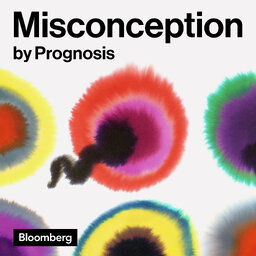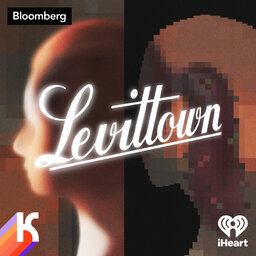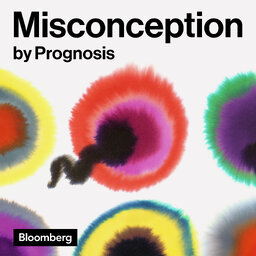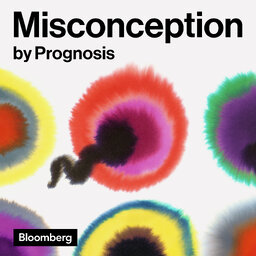Misconception: Money Money Money
As Kristen stresses about how to pay for fertility treatment, she meets people who had to go extreme lengths to afford the services in a system where insurance coverage is spotty. And she travels to Oklahoma to check out one company that’s trying to make the treatment accessible for all.
 Prognosis: Misconception
Prognosis: Misconception


